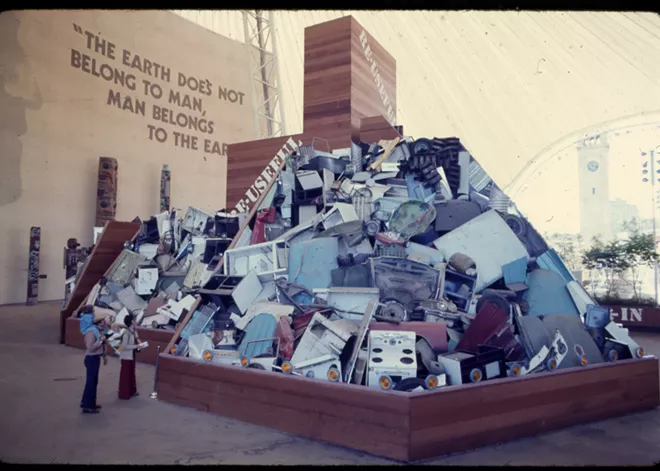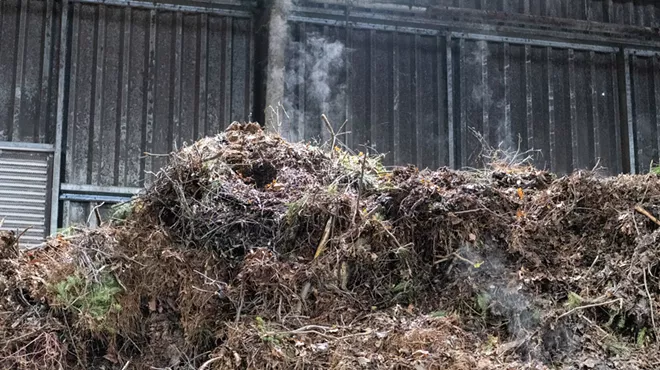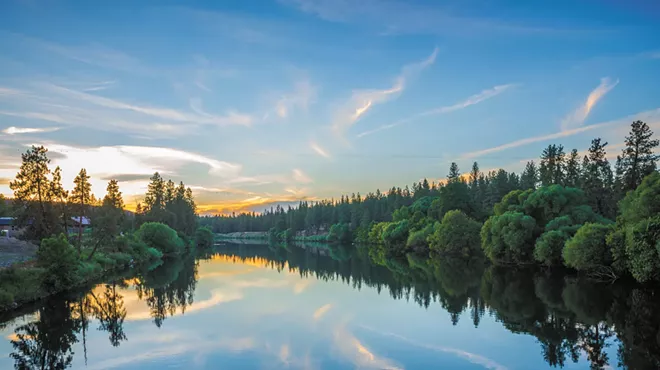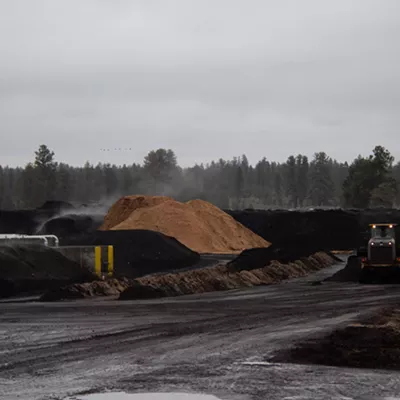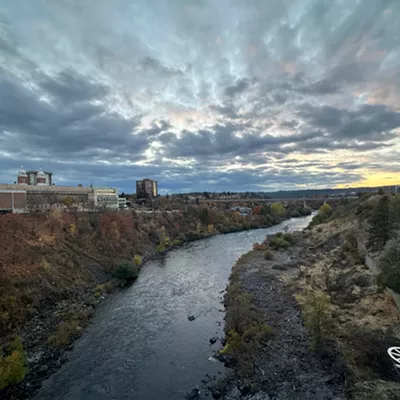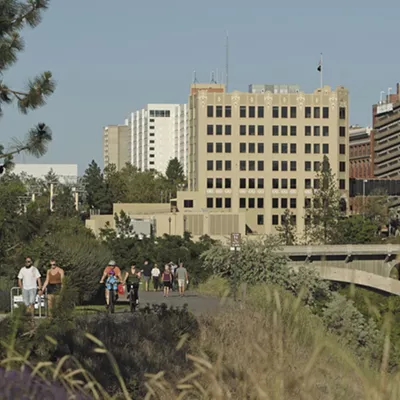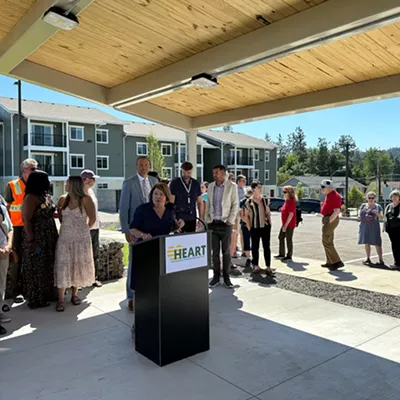Looking back, it's easy to be impressed with Spokane's forward thinking as it pulled together Expo '74. It was the first World's Fair to use the environment as its theme — "Celebrating Tomorrow's Fresh, New Environment" — and the timing couldn't have been better, with environmental impacts increasingly on the minds of leaders everywhere.
In February 1970, Washington state created the Department of Ecology, the country's very first agency focused on environmental regulations and cleaning up pollution. Just months later, the first Earth Day was celebrated on April 22, and by December that year, the federal government opened its own Environmental Protection Agency.
Expo was already in the works, and the committee soon focused on the environment as the central topic.
But the business leaders behind Expo, who were pushing to revamp a downtown spoiled by decades of industrial pollution, still weren't exactly stoked at the thought of making people feel bad about their impacts. There was plenty of debate during planning sessions, with many of them wanting more of a "reconnect with nature by camping and hiking" vibe instead of "the world is filled with horrible chemicals and garbage that we put there."
Understandably, people in the environmental movement were highly skeptical of the motivations of Expo's planners, which appeared to have more to do with increasing property values and driving money into the region than hosting what could be a groundbreaking international gathering to help the Earth. Corporate accountability was not going to be a theme.
It didn't help that there were some verbal slip-ups by the Expo chairman, Rod Lindsay. As local historian J. William T. Youngs notes in his extensive book, The Fair and the Falls, Lindsay flubbed it when he told a reporter that Expo would succeed if it "did not encounter too much trouble from the 'Sahara Club.'" Of course, he meant the Sierra Club, the famous wilderness preservation society founded by John Muir in 1892. Youngs' book says the flub was "repeated often in Spokane during the months leading up to the fair, and it lent credence to the belief that Expo's principal backers were not true conservationists."
Youngs notes that Lindsay also got frustrated when the Audubon Society was worried about displacing yellow-bellied marmots while renovating the islands in the middle of the Spokane River, saying in one meeting "who cares about those birds anyway?" (Marmots, as most of us know, are mammals.)
Still, with pressure from protesters and politicians to actually put some effort and meaning into the theme, Expo would ultimately include some environmental innovations that left a lasting legacy in Spokane.
Expo introduced us to a new paving material that uses crushed glass mixed with asphalt, also known as "glassphalt."
WALKING ON GLASS
Believe it or not, Expo introduced us to a new paving material that uses crushed glass mixed with asphalt, also known as "glassphalt." Now a common method of reusing glass containers that make their way to our recycling centers, it was innovative when the fair paved the "Theme Stream Pathways" in the park with this new material.As noted in the souvenir program for Expo, more than 70 tons of glass was collected by Spokane youth groups to help pave the pathways. The project was led by Rainier Brewing Company, Reynolds Metals Company, Northwest Glass Association and the Washington Asphalt Association.
Similarly, schoolchildren gathered aluminum beverage cans to help erect a Christmas tree made of reused materials, which were later recycled.
A RIVER RUNS THROUGH IT
Easily the brightest environmental idea to come out of the planning for Expo was the work to start cleaning up the Spokane River.It had been used as a vehicle to remove raw sewage for years, as well as a dumping ground.
In the very early 1900s, the old, steel version of the Monroe Street Bridge literally had a hatch in the middle that street sweepers would dump refuse through, says Anna Harbine, the archives and special collection curator for the Northwest Museum of Arts and Culture.
Logs from lumber operations littered the shores, and until shortly before Expo, railroad tracks and warehouses filled the islands.
"The city of Spokane itself didn't have a great track record with the river," Harbine says. "It was seen as a natural resource we can use and exploit, not something to preserve and protect."
But with the fair and millions of visitors coming, waterway cleanup efforts began in a big way. Local governments stretching from Wallace, Idaho to Lake Roosevelt started working together to reduce pollution from mining, lumber and more.
Of course, as we discover more legacy contaminants to be concerned about (PCBs and PFAS and other chemicals we now know cause health issues weren't talked about at the time), those cleanup efforts continue, but the fair got the ball rolling.
FROM BLIGHT TO WHAT A SIGHT
The main purpose of holding the fair was to leave the city with a beautiful park. That would be accomplished by obtaining the downtown land exploited by the railroads (it was donated) and cleaning it up.For the better part of a decade before Expo, Spokane had worked on a plan to revitalize the downtown core. After Spokane voters rejected a bond to pay for that work, holding the Expo with state and federal funding was the next best option.
Harbine says the designers of the fairgrounds truly took the environmental theme to heart, designing virtually everything except the Pavilion, IMAX theater and a few other buildings to be removed and repurposed after the fair.
The MAC's collection includes auction records, which show that everything from ticket booths to other countries' pavilions were sold for reuse. The pavilion for the Republic of China (Taiwan) became the theater at Walla Walla Community College. After the fair, the Bavarian Beer Garden continued to house the Looff Carrousel until 2016. Other buildings were repurposed as barns and mother-in-law homes.
While the planners may not have been as successful with the environmental theme overall, it was a major environmental boon for Spokane as an urban renewal project, Harbine says.
"That is really what Expo was, and it was way ahead of its time," Harbine says. "You've got this big beautiful park that's still there, and it's a huge resource." ♦


